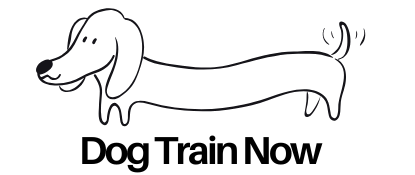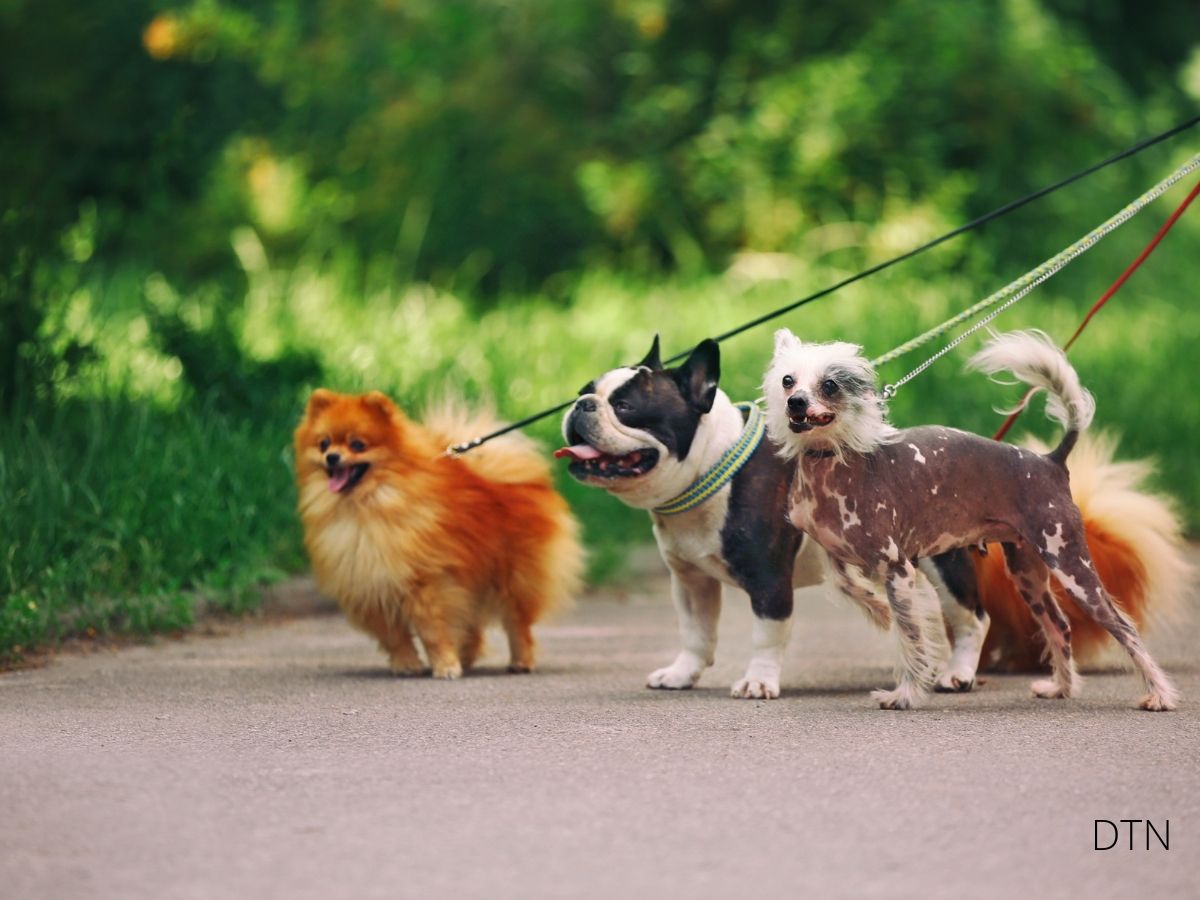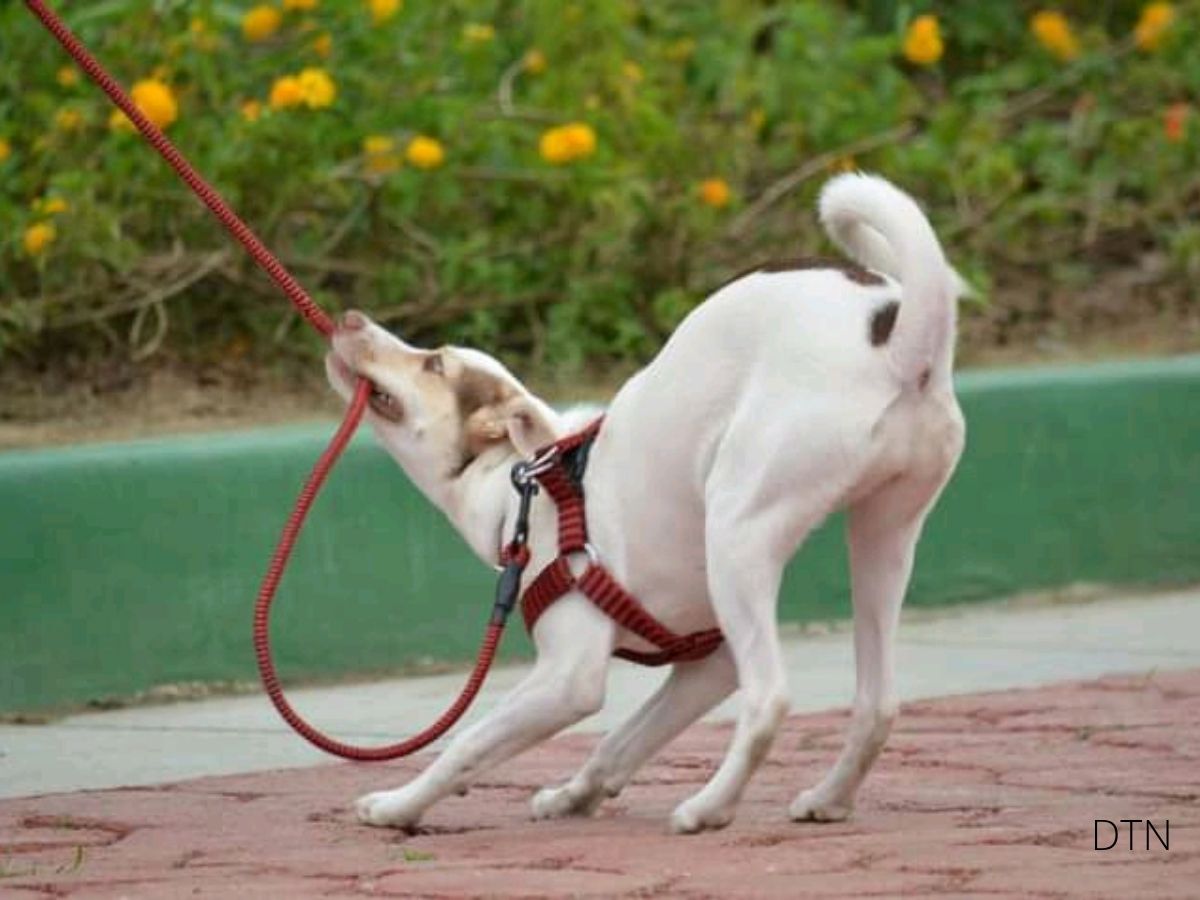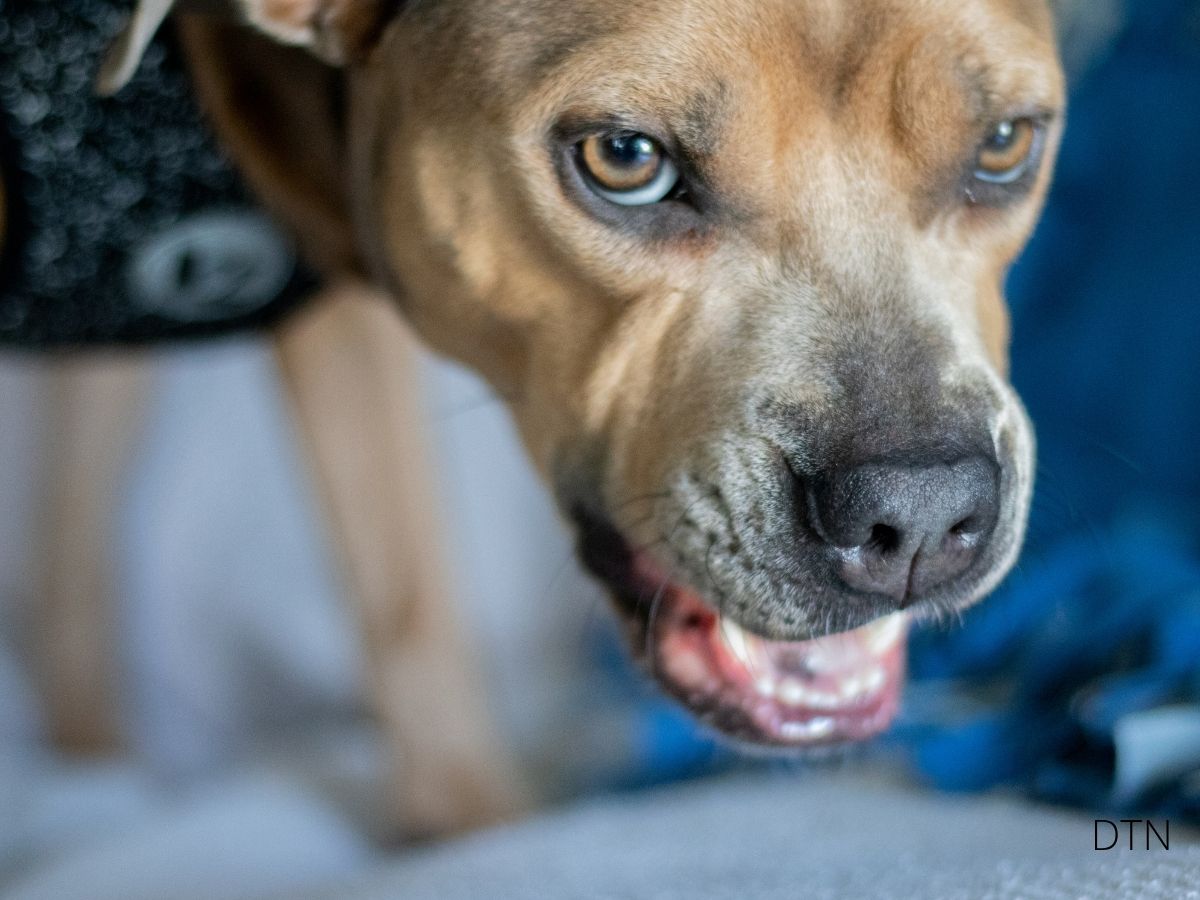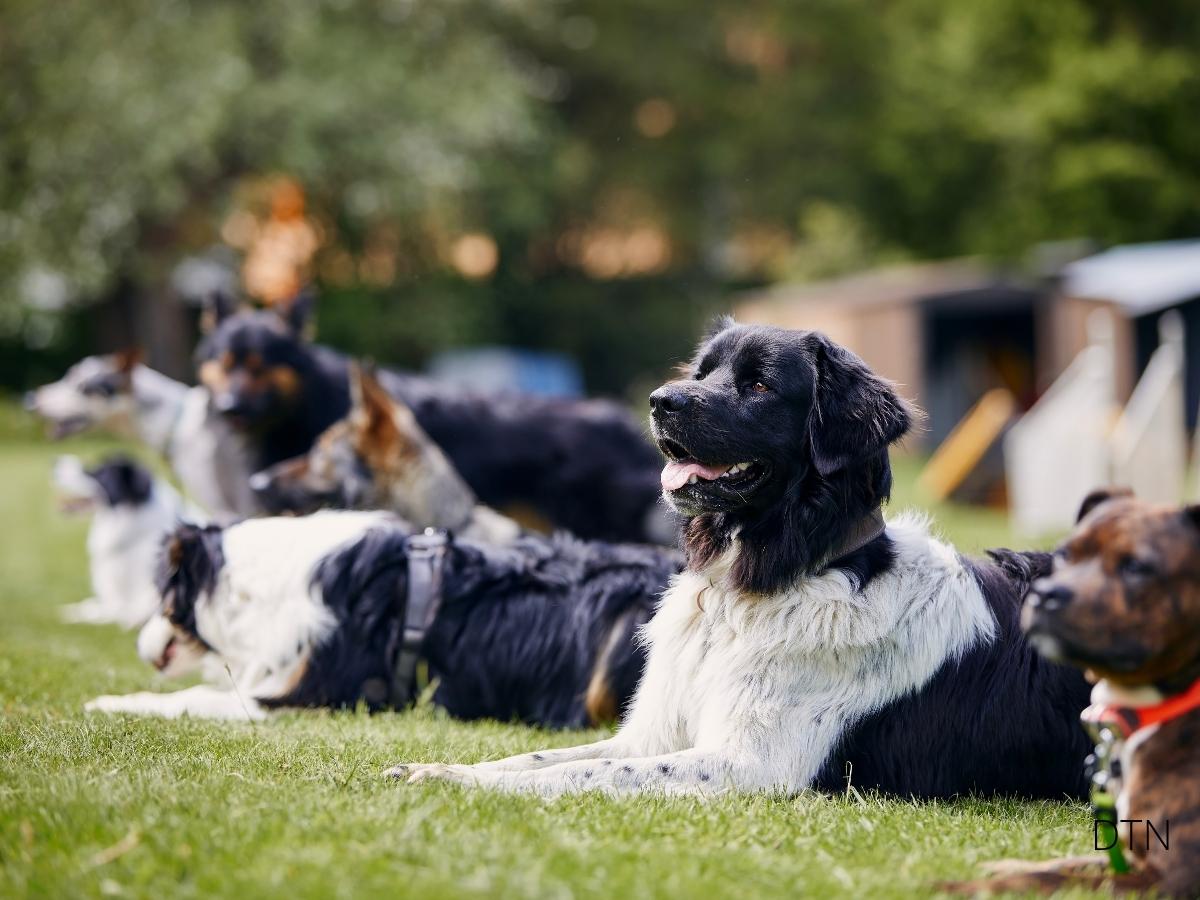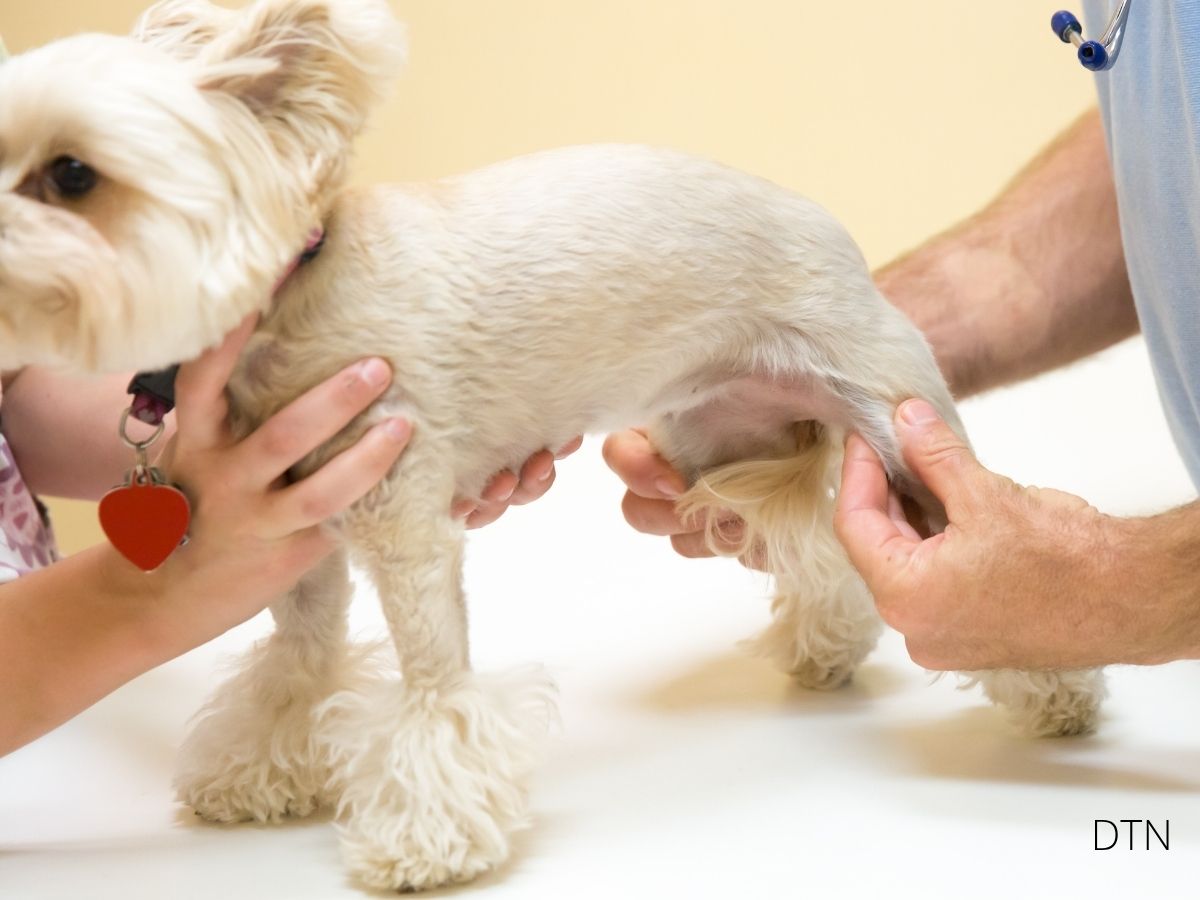Introduction: The Great Misunderstanding
Your dog lunges and barks at another dog during your morning walk. Your heart sinks as other owners cross the street, avoiding you. But here’s what might surprise you: your “aggressive” dog might not be aggressive at all. They might simply be frustrated.
This distinction isn’t academic—it’s transformative. When we mistake frustration for aggression, we apply the wrong solutions, often making things worse. Understanding your dog’s true emotional state opens the door to genuine healing through connection, not control. Let’s explore how the NeuroBond philosophy helps us decode these complex behaviors and build that invisible leash of trust.
Reading the Emotional Blueprint: Frustration vs. Fear
The Tell-Tale Signs
Your dog’s body tells a story if you know how to read it. Frustration and fear-based aggression look different, feel different, and require entirely different approaches.
Frustration markers appear as high-energy, almost desperate attempts at connection. Picture a child jumping up and down to see over a fence—that’s your frustrated dog. Their barking is high-pitched and repetitive, their body bouncy and pulling forward. The tail wags frantically, even while barking. Most tellingly, they look between you and their target, seeking permission or assistance. These dogs want to approach but can’t.
Fear-based aggression presents as defensive positioning. The bark is deeper, emanating from the chest. Body posture is rigid, weight often shifted backward even while lunging forward. The tail is either stiffly high or tucked, with minimal movement. Their stare is hard and fixed—they’re not seeking interaction but demanding distance. These dogs want the scary thing to go away.
The Escalation Timeline
Frustrated dogs follow a predictable pattern: excitement at seeing the trigger, increased pulling and whining, explosive barking when thwarted, then quick recovery once the trigger passes. They might immediately look at you, ready to move on. It’s like a toddler’s tantrum—intense but brief.
Fear-aggressive dogs escalate differently: they freeze upon spotting danger, offer warning signals (growling, lip curling), explode if the threat continues approaching, then remain vigilant long after it’s gone. Recovery takes much longer because their nervous system stays in survival mode.
Understanding where your dog falls on this spectrum guides everything that follows. 🧠
The Neuroscience of Reactivity: Two Different Highways in the Brain
Dopamine vs. Amygdala
When we view dogs as complete neurological systems, their reactions make perfect sense. Frustrated dogs operate through dopamine pathways—the same circuits that drive play and exploration. Their brains are flooded with “seeking” chemicals demanding satisfaction. It’s not defiance; it’s biology.
Fear-aggressive responses originate in the amygdala, your dog’s alarm system. When this ancient structure identifies a threat, it bypasses rational thought and triggers immediate defensive action. The accompanying surge of cortisol and adrenaline prepares for battle—except the leash removes the flight option, leaving only fight.
This explains why punishment fails. You can’t punish away dopamine seeking or amygdala activation. These are involuntary responses as automatic as your heartbeat. The NeuroBond approach works because it addresses the emotional state driving the behavior, not just the behavior itself.
Environmental Triggers: The World Through Your Dog’s Eyes
The Urban Challenge
City dogs face “stimulus stacking”—multiple triggers accumulating faster than they can process. Every dog behind a fence represents a thwarted social opportunity. Every speeding bicycle triggers suppressed chase instincts. Urban dogs show 73% higher rates of frustration-based reactivity than their rural counterparts.
The leash itself becomes a source of conflict. It violates your dog’s natural flight distance while preventing normal greeting rituals. Handler tension travels down the leash like electricity, communicating danger before any real threat appears. Your anticipatory anxiety becomes their reactive trigger.
Breed-Specific Patterns
Your dog’s genetics influence whether they lean toward frustration or fear. Herding breeds (Border Collies, Australian Shepherds) often show frustration-based reactivity—they desperately want to control movement patterns around them. That lunging at joggers? It’s misdirected herding instinct.
Guardian breeds (Mastiffs, Great Pyrenees) typically display defensive aggression. Bred for independent threat assessment, they’re not trying to play—they’re establishing perimeters. Terriers fall somewhere between, starting with frustrated investigation that can quickly escalate to confrontation.
Understanding your dog’s genetic blueprint helps you work with their nature rather than against it. The NeuroBond philosophy doesn’t suppress instincts—it redirects them constructively.
No matter how little money and how few possessions you own, having a dog makes you rich.
– Louis Sabin

The NeuroBond Solution: Building Connection Over Control
Creating the Invisible Leash
Traditional training tries to suppress reactivity through correction. NeuroBond builds something deeper—a bond so strong that physical restraint becomes secondary to emotional connection. This starts with allowing your dog to be themselves while guiding them toward better solutions.
For frustrated dogs, we use their desire as the reward. Want to greet that friend? Show me calm behavior first. We create controlled approach opportunities where patience, not pulling, achieves their social goals. This isn’t manipulation—it’s education through natural consequences.
Fear-aggressive dogs need different support. We work below threshold, where they can observe triggers without feeling threatened. Every trigger appearance predicts wonderful things—special treats, play, praise—gradually changing their emotional associations. Most importantly, we give them choices: “Would you like to move away? Would you like to sit behind me?” This agency reduces anxiety and builds trust.
The Check-In Revolution
The cornerstone of NeuroBond training is voluntary attention—your dog choosing to look at you without being asked. Start in boring environments, rewarding every glance. Gradually increase distractions as the behavior strengthens. Soon, checking in becomes your dog’s default response to uncertainty.
This isn’t obedience—it’s partnership. Your dog learns you’re their resource for navigating challenges, not an obstacle to their desires. When that invisible leash is strong, physical restraint becomes almost unnecessary. 🐾
The Human Factor: Your Role in the Reactive Cycle
Breaking Your Own Patterns
Here’s an uncomfortable truth: you might be reactive too. Your anticipatory tension, shallow breathing, and tight leash grip all communicate danger to your dog. You’ve become reactive to the possibility of reactivity, creating a self-fulfilling prophecy.
The solution starts with your body. Practice the 4-7-8 breathing technique when you spot triggers: inhale for 4, hold for 7, exhale for 8. Keep your shoulders soft, elbows bent, knees loose. Your relaxed body tells your dog there’s no danger here.
Redefine success from “no reactions” to “recovered quickly” or “I stayed calm.” These micro-victories rebuild confidence. Remember: your dog needs you as their calm anchor, not their anxious guardian.
The Multi-Dog Challenge
When one dog in your household is reactive, others often follow. This “reactive contagion” happens because dogs are social learners. Your calm dog watches your reactive dog’s outbursts and begins adopting these patterns—not from fear or frustration, but because they’ve learned this is how “we” respond.
The solution requires individual attention within pack management. Walk dogs separately initially, focusing on individual needs. Gradually introduce parallel walks with helpers, then brief together segments. Use your calm dog as a model, rewarding both for collective calm behavior. Each dog needs their own training plan that complements but doesn’t compromise the others’.
Practical Tools for Real-World Success
Video Analysis: Becoming Your Dog’s Detective
Film your walks to catch what stress makes you miss. Watch for these commonly overlooked warning signs that occur 3-10 seconds before explosion:
- The freeze: Sudden stillness, even stopped breathing
- Whale eye: Head forward but eyes straining sideways
- Displacement sniffing: Intense ground investigation when stressed
- Dry shaking: Full-body shakes without water indicate stress release
Recognizing these moments gives you intervention time for U-turns or distraction before escalation.
Seasonal Considerations
Barometric pressure changes increase reactivity—dogs sense storms hours before they arrive. Spring hormones intensify social frustration. Fall’s decreasing daylight affects serotonin, increasing anxiety. Winter’s limited exercise amplifies frustration.
Adapt your approach to nature’s rhythms. Some days, success means maintaining previous progress rather than making new gains. The invisible leash strengthens through consistent connection, not perfect conditions.
Conclusion: Your Path Forward
Understanding whether your dog experiences frustration or fear transforms everything. Frustration needs outlets and controlled satisfaction. Fear needs safety and changed associations. Both need connection over control.
Start tomorrow’s walk with fresh eyes. Instead of bracing for reactions, observe the subtle signals preceding them. Is your dog seeking connection or creating distance? This shift from judging to understanding begins your transformation journey.
Success isn’t measured in perfect walks but in small improvements: quicker recovery, voluntary check-ins, reduced intensity. Your dog’s reactivity is feedback about their internal state, not failure. Every outburst tells you something about their needs, limitations, or missing skills.
Remember the NeuroBond principle: your dog is a complete operating system responding to their world through instinct and experience. What you put in is what you get out. When you build that invisible leash through trust and understanding, you’re not just managing behavior—you’re healing the underlying emotional dysregulation.
Your reactive dog isn’t broken. They’re a sensitive being navigating a challenging world with the tools they have. By understanding their true emotional state and working with their nature rather than against it, you become their translator, advocate, and safe harbor.
Trust the process. Trust your dog. Most importantly, trust the bond you’re building together. The invisible leash isn’t just a training goal—it’s a philosophy of partnership that honors both your needs and creates a life worth living, together. 🧡
